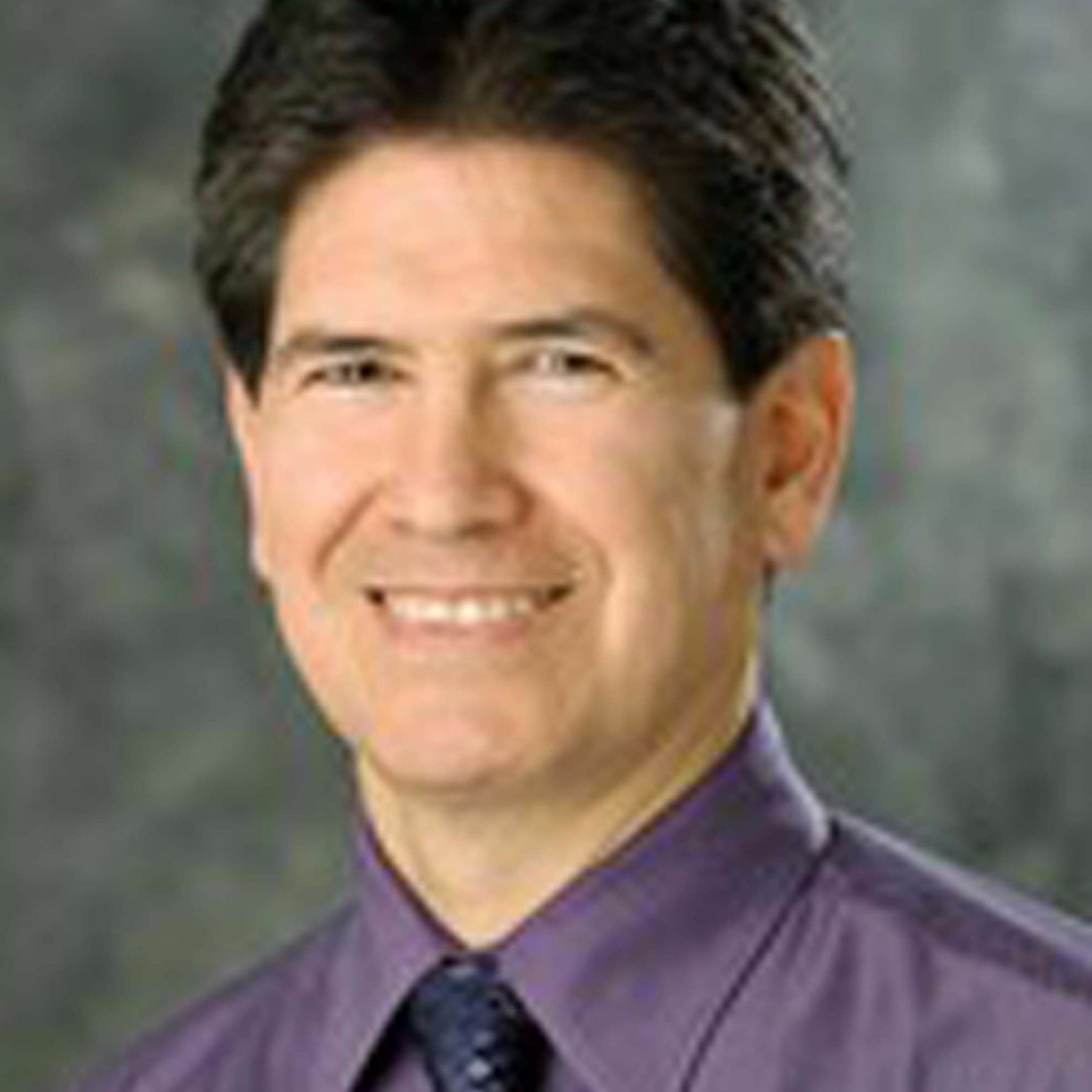Contemporary Network Television News Reporting About Latinos

b'Otto Santa Anna presents findings from his forthcoming book, Juan in a Hundred: Faces and Stories of Latinos on the Network News (Texas). In it he elaborates standard cognitive metaphor analysis (as is used for printed texts), blending cognitive science with humanist scholarship, to attempt to capture the full semiotic range of televised reporting. His review of a full year of contemporary network news stories about Latinos reveals both the high production values and journalistic limitations of network reporting. This critical semiotic analysis offers an explanation about how news viewers construct partial understandings about Latinos from the news stories they watch. At the end of this talk he offers a range of recommendations, from modest to radical, to address these limitations.\\n\\nOtto Santa Ana, UCLA Associate Professor, received his Ph.D. in Linguistics from University of Pennsylvania. Santa Ana\\u2019s scholarship has focused on language that constructs social hierarchies, particularly how the mass media reinforce unjust inequity in their representations of Latinos. His first book, Brown Tide Rising (2002) offered a close study of newspapers. The American Political Science Association named it Book of the Year on Ethnic and Racial Political Ideology. Santa Ana has now extended his research to multi-modal mass media. His forthcoming book, Juan in a Hundred: The Faces and Stories of Latinos on the Evening News, (University of Texas Press) analyzes a year of network news imaging of Latinos. He maps out an explicit procedure by which news consumers build their understandings out of the multimodal stimuli of television news stories using recent cognitive science scholarship (Lakoff, Fauconnier) as well as humanist theories (Foucault, Calvin McGee, Barthes, Hadyen White) to explain how news viewers construct their skewed understandings about Latinos from the news stories they watch. Throughout the book, Santa Ana offers explicit suggestions to television news professionals.'